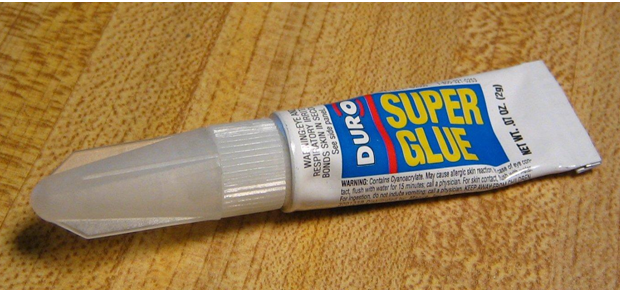If you were living in a large Stately home in the 1800s and felt it was looking a little tatty there was just one man that you’d be sending your ornately headed writing paper too. That man was John Nash, the house “improver” extraordinary. He was a Handy Andy, Lawrence Llyellen Bowen, Peter Andre 60 minute makeover all rolled into one. Unlike them, however, he would take years to plan out your home and have an army of artisans and workmen in tow. John Nash was the type of guy that would roll up to your Jacobean dwelling, have a wander around it listening to the Lord of the Manor say what they wanted and then Nash would chip in with some ideas of his own. These were usually massively over the top Italianate additions designed to beautify the place. Just look at Witley Court or the Brighton Royal Pavillion to see what we mean. The Lord would then say “and all for the low, low price off?” And Nash probably would stick a pencil behind his ear, let out a long whistle and say “well…it might cost you a bit but I’ll see what I can do”.

Lucky for you then that the Conservatories Cheltenham experts https://www.firmfix.co.uk/conservatories/ can give you a nice conservatory at a great price that will beautify your house a lot quicker and cheaper than John Nash and his Doric columns. Who was this man who rose to such prominence?

Nash was born into simple circumstances in Lambeth his Dad being a Welsh millwright. After school was done Nash bagged himself an apprenticeship with the best in the field at the time and got his head down for a year studying the craft of architectural design. He set up his own practice and began work. He also got married whoever this did not last long and she was packed off to Wales to live with various of Nash’s cousins after she provided him with “spurious children” that weren’t his and racking up debts without telling him and (so that relationship went downhill quickly). This didn’t work as she had a relationship with one Charles Charles (seriously) and had a child with him for good measure. They were then divorced.
Nash gave up on London and he moved to Carmarthen where he found local builders to form alliances with. He set about getting work designing medium to large villas in Wales and he soon got a good reputation. He became friends with Sir Humphry Repton the garden designer but that went south when Repton accused him of ripping off his garden designs. Nash had got some money behind him by this point and returned to try again in London being much more successful this time..
Read Full Article



